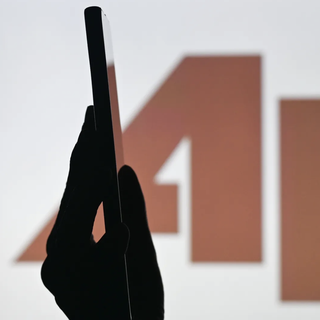Trump's trade talk delegation is set to face off with China's negotiators in London. Here is what's at stake.
KEYSTONE/EDA/Martial Trezzini/via REUTERS
- Top Trump officials are meeting Chinese negotiators in London on Monday.
- This would be the first official US-China talk since a temporary tariff truce on May 12.
- International trade experts have said that Trump could be under pressure to strike a deal.
Three top Trump administration economic officials will face off against Chinese negotiators in a renewed effort to break the US-China trade deadlock.
Secretary of the Treasury Scott Bessent, Secretary of Commerce Howard Lutnick, and Trade Representative Jamieson Greer will be meeting China's delegation in London on Monday.
"The meeting should go very well," President Donald Trump wrote in a social media post announcing the talks.
This coming meeting will be the first official talk between the two countries since they mutually lowered tariffs in a temporary truce on May 12, after talks in Geneva.
The renewed talks follow a 90-minute phone call between Trump and China's leader Xi Jinping on Thursday, a rare direct conversation that Trump later described as "very good." According to Trump, the two leaders also agreed to visit each other in person, without providing more details in terms of a timeline.
The Chinese Embassy of Washington did not respond to a request for who would be attending this negotiation from its side. The team they sent to Geneva consisted of Vice Premier He Lifeng, Vice Commerce Minister Li Chenggang, and Vice Finance Minister Liao Min.
Notably, Li has a Master of Laws from the University of Hamburg in Germany and has been part of China's delegation to the World Trade Organization since 2021.
International trade experts previously told Business Insider that much is at stake for both China and the US to strike a deal, or at the very least, continue the truce beyond August 12 when the 90-day tariff pause will expire.
"The Trump administration made their job harder because the tariff policies they've implemented are costly to Americans and American companies, and therefore, the market doesn't like it," said Philip Luck, director of the CSIS Economics Program. "They are under a lot of pressure to do things fast."
Meanwhile, a lawsuit that threatens to undo all of Trump's tariffs enacted under the IEEPA also looms over negotiations with China.
Drew DeLong, lead in geopolitical dynamics practice at Kearney, a global strategy and management consulting firm, told BI that if the court strikes down tariffs before trade deals could come to pass, other routes of imposing tariffs could be more complicated and time-consuming.
The White House did not provide Business Insider with any additional comment beyond Trump's Truth Social post.





